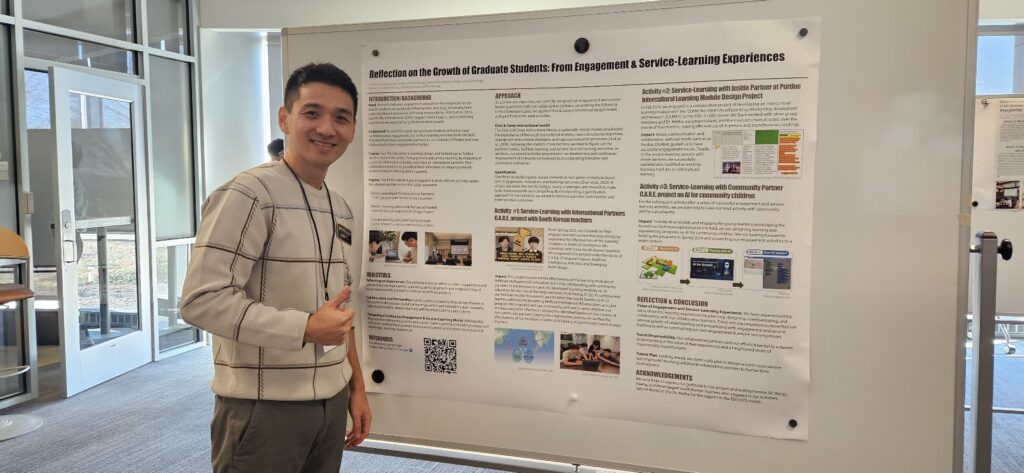The Constructionism approach proposed by Papert paved the way for efforts to introduce CT ideas to K-12 learners (Ackermann, 2001; Papert, 1980, 1991). Papert initiated an effort to integrate an educational robot named Turtle with LOGO, a programming language devised by Seymour Papert, Cynthia Solomon, and Wally Feuzeig in 1967 (Stager, 2016). He was able to teach mathematics to learners in a way that reduced the burden associated with abstract thinking. Recently, Robotics is widely discussed in Computer Science (CS) and STEM education disciplines. Especially, students can be benefited in terms of enhancing learning effects when younger learners are using educational robots.
About our project
This project aims to investigate the learning effects of using robotics in education, specifically the students' competencies (e.g. Computational Thinking, Artificial Intelligence literacy, Digital literacy, etc)
Main Activity
Research Threads
- Empowering accessibility using educational robots
- Basic algorithmic thinking for AI education
Relevant presentations and publications
Huang, W., & Yu, W. (2022). CARE project. Service learning grant for Community Service / Service Learning Project at Purdue University.
Kang, S., & Yu, W. (2024, February 29). Reflection on the growth of graduate students: From engagement & service-learning experiences [Conference presentation]. Engagement and Service-Learning Summit at Purdue, West Lafayette, IN, United States. https://www.purdue.edu/engagement/summit/
Yu, W., Kang, S., & Huang, W. (2023, December 1). C.A.R.E (computer science, artificial intelligence, robotics, and emerging technologies) @ Purdue [Conference presentation]. Trustworthy AI Lab for Education Summit, Notre Dame, IN, United States. https://lucyinstitute.nd.edu/trustworthy-ai-lab-for-education-summit/


